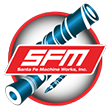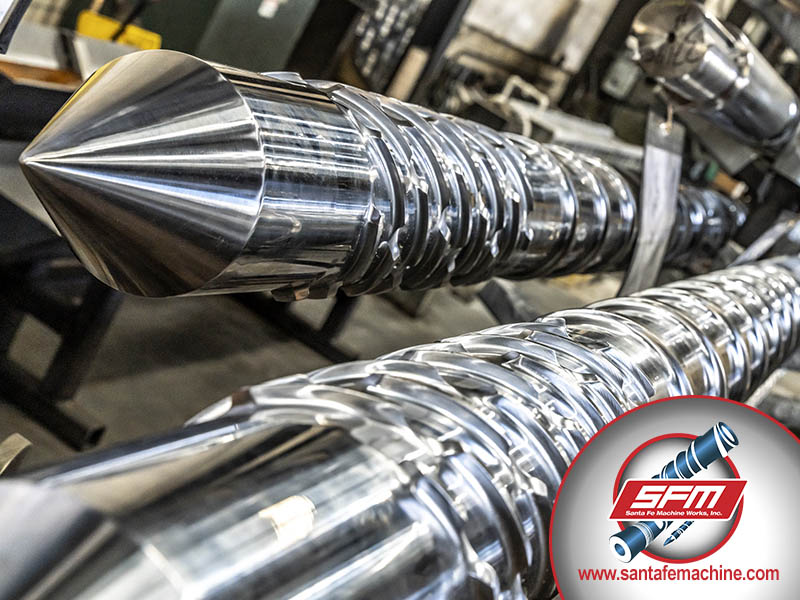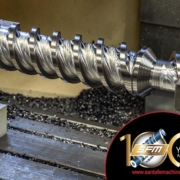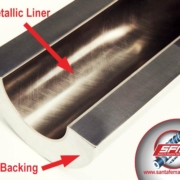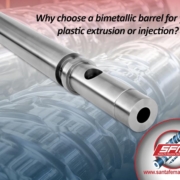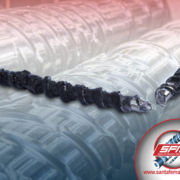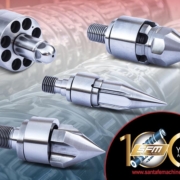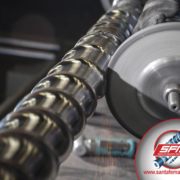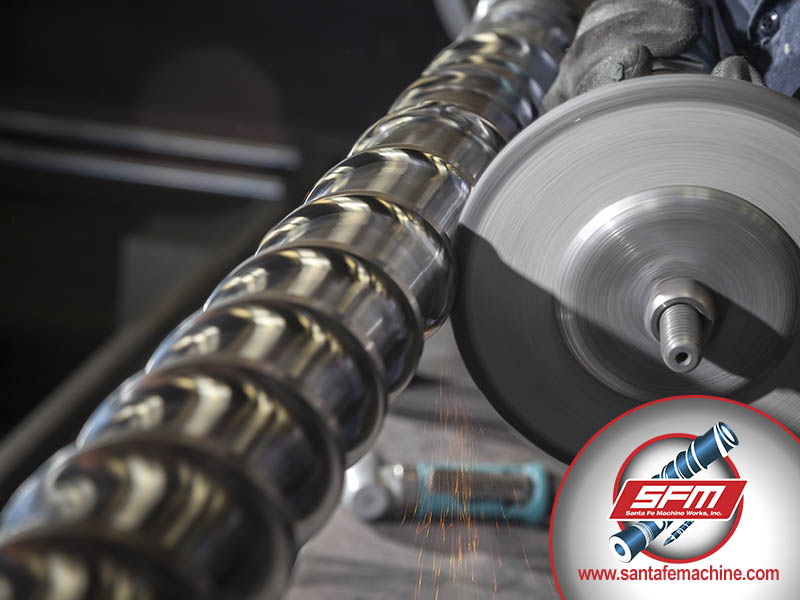Why Custom Screws Are The Right Choice
Choosing the right screw for injection molding can significantly impact the throughput of your machine. In addition, it can also determine how successful your project will be. The screw choice can ensure that there is no material degradation and the material is properly melted.
The end results are a more efficiently molded product reducing scrap and maintaining the proper size and weight of the part. The right screw will help keep manufacturing costs down and reduce wear and tear on your machine.
The basic design of any injection molding screw has three zones along the length:
- Feed section
- Compression section
- Metering section
The feed section conveys the solid plastic pellets to the transition section where they are compressed by a change in screw geometry (the channel depth). This compression forces the pellets to melt through the action of pushing up against each other, which is called shear. The metering section then conveys the melt to the front of the screw, ready for injection into the mold cavity.
The right screw for your material.
If you are running polypropylene (PP) or polyethylene (PE) with no additives, a general-purpose injection screw will work great.
When you try to run polycarbonate (PC) on a general-purpose screw, the material will burn in the compression section of the screw. This is because it forces too much material into the compression section and causes too much shear heat and burns the material. Santa Fe Machine can solve that by making a custom screw to fit your exact process. Having a screw that fits the polymer your running will increase your throughput since you won’t need to make as many adjustments to your pressure and heat that could increase your cycle time. In addition the screw material can be modified to increase screw life based upon the polymers you may be running.
Consulting a feed screw design specialist such as Santa Fe Machine will help you maximize your output and reduce downtime.
